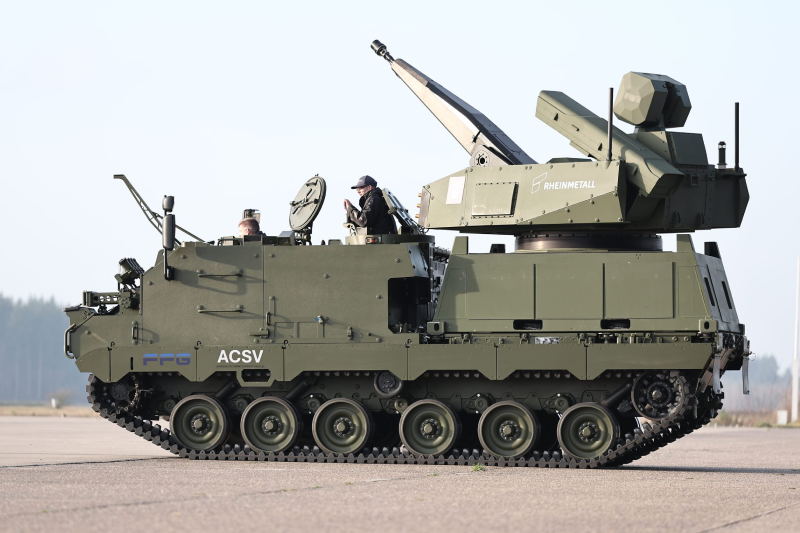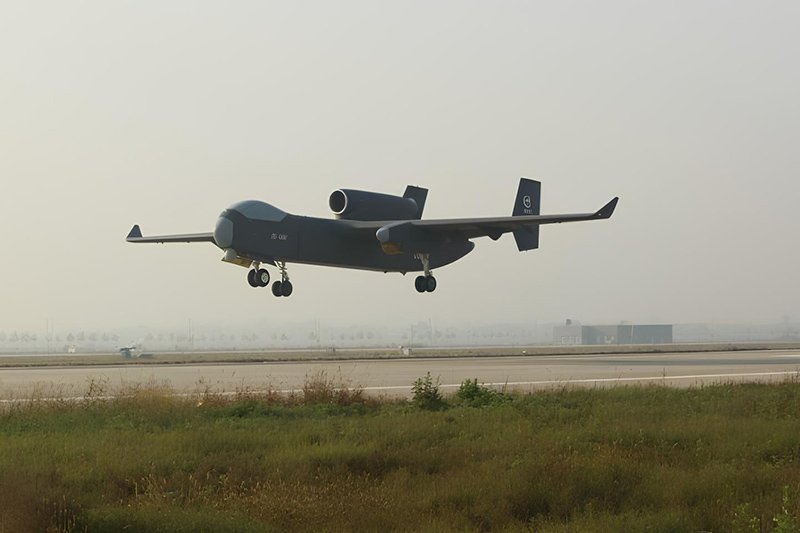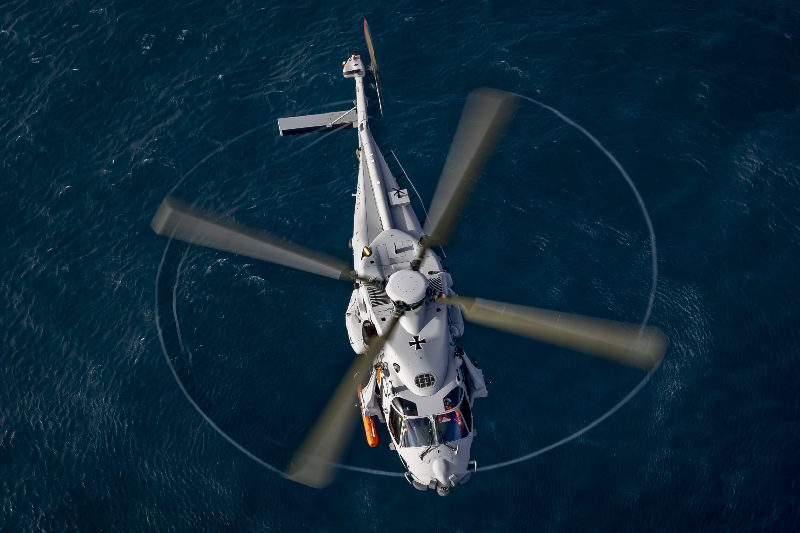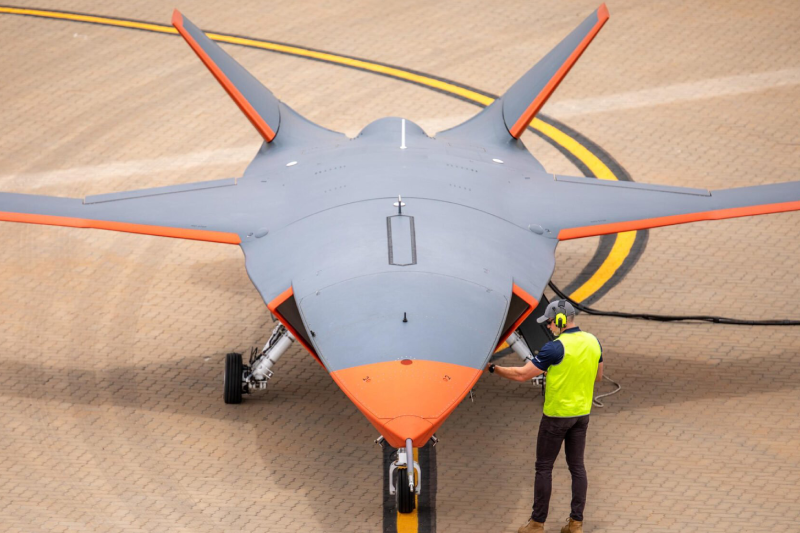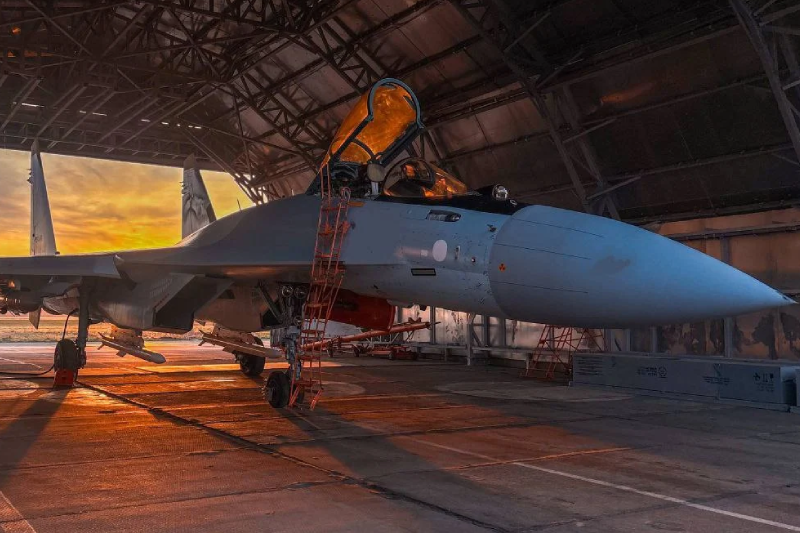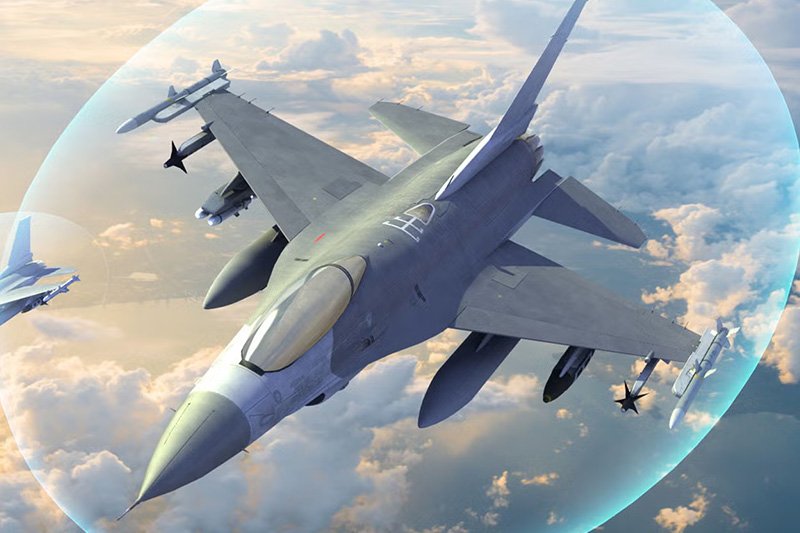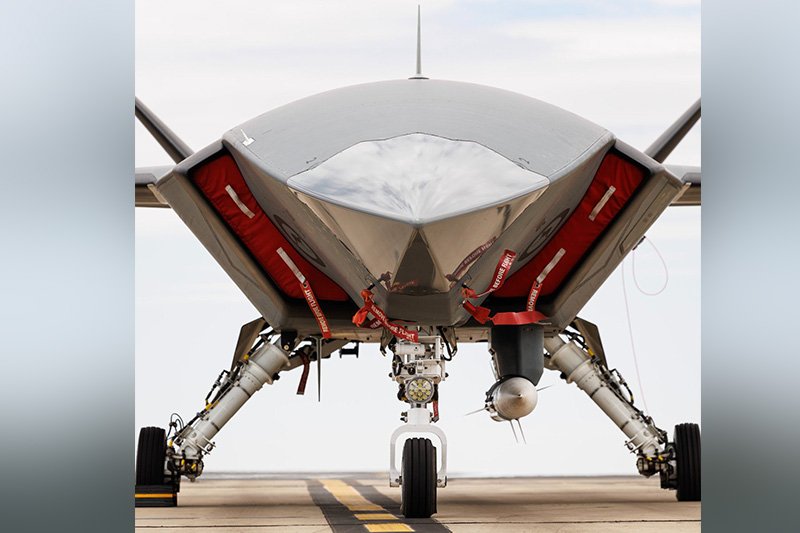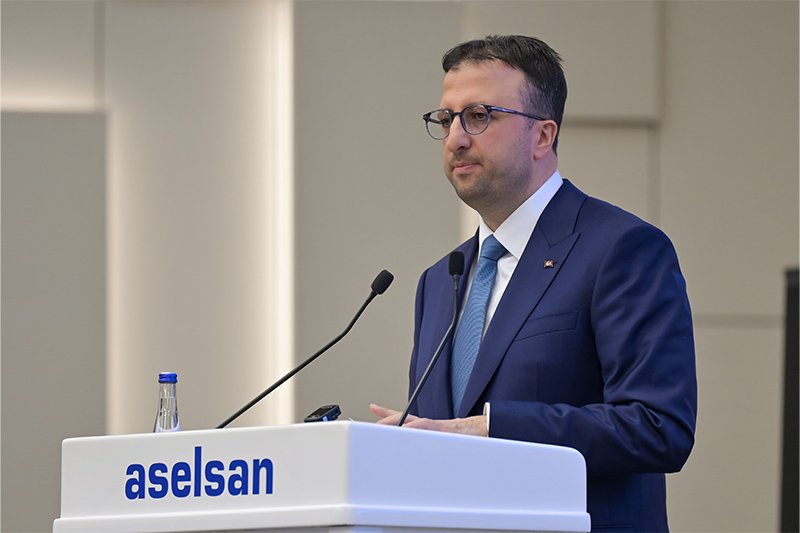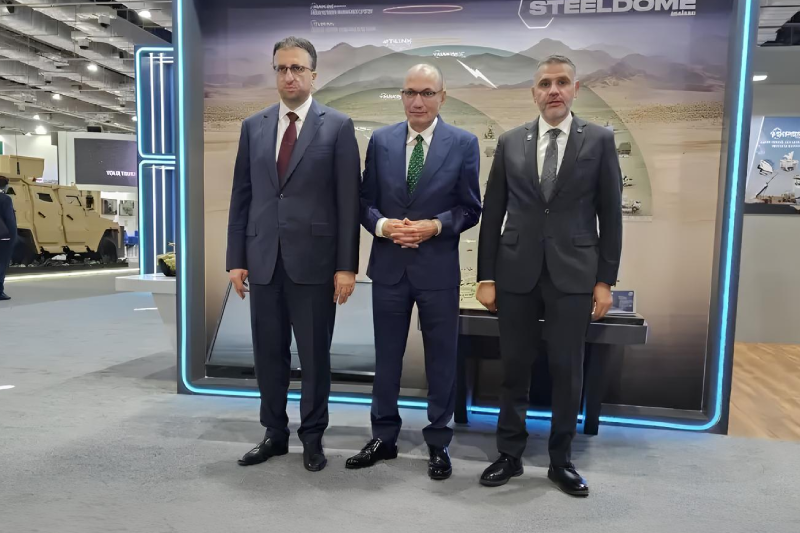Lockheed Martin Sets Target of 750 PAC-3 MSE Missiles Per Year by 2027
Lockheed Martin Sets Target of 750 PAC-3 MSE Missiles Per Year by 2027, marking a bold move to expand its PAC-3 MSE (Missile Segment Enhancement) production capacity for surface-to-air missiles. The defense giant plans to increase output by tenfold, reaching 750 missiles annually by 2027. This ambitious step exceeds the US government’s order of 650 units, signaling Lockheed Martin’s commitment to meeting the growing global demand for advanced air defense systems.
The PAC-3 MSE missiles, a vital component of the Patriot air defense system, have proven critical in recent global conflicts and continue to serve as the backbone of many NATO and allied nations’ military defense strategies. The production boost outlined in the plan Lockheed Martin sets target of 750 PAC-3 MSE missiles per year by 2027 reflects the increasing worldwide confidence in the missile’s precision, reliability, and battlefield effectiveness.
Reports by the defense industries show that there has been an unprecedented demand of the PAC-3 MSE missiles sold by Lockheed Martin in several international markets. By extending contracted production amounts by 100 units per annum, the company has shown the belief (and willingness) to continue feeding the market and the national defense needs of allied countries.
The increase in the production is timely when the air defense systems have gained significant relevance owing to the shifts in various global security challenges. All countries across the world are focusing on securing missile defense systems whose technologies have been tested and proven to be effective, and PAC-3 MSE system is one of the greatest and most efficient of current market.
The leadership team of Lockheed Martin including the manager of PAC-3 MSE and THAAD programs is in talks with the prospective European partners to set up capacity to produce missiles in Europe. Strategic talks centre on the establishment of distributed manufacturing network to improve resilience of the supply chain as well as contributing to the European strategic autonomy projects.
German firm Diehl has become a key talking partner in battery supply parts, but certain technical aspects could not be made open. The possible European supply chain should be considered a considerable step towards enhancing the transatlantic defence industrial collaboration and the diminishment of the response on a single-source manufacturing sites.
The form of European manufacturing that is proposed shows that production capabilities will carefully be distributed between several related countries. The point uses Poland as an example of a new site that can be used to launch container production and take advantage of the fact that a large base of the defense industry, as well as a strategic geographic location, has recently appeared in Poland as part of NATO in the eastern flank.
Another important potential partner is Spanish company Sener; during the discussions, the features of actuator supplies were discussed. Sener has a considerable amount of relevant experience given the fact that it is already engaged in the production of components of IRIS-T missiles, and it is engaged in Germany-based GEM-T missile production on behalf of Raytheon, which means relevant expertise in the production of precision missile parts.
Putting in place more PAC-3 MSE production lines in other countries continues to depend on the approval of the U.S government, said program leadership. This guideline is indicative of the sensitiveness of such advanced missile technology transfer, where its international capabilities in terms of manufacturing must be preceded by wide scope of security consideration.
Before that happens there will be the approval process which will take into consideration much detailed technology transfer agreements security procedures as well as mechanisms of oversight to continue protecting the important defense technologies yet allow the ability to have expanded production capacity to meet needs of allied nations.
In addition to PAC-3 MSE growth, Lockheed Martin is introducing huge production growth in its entire tactical missile line. The company has increased ATACMS, PrSM, GMLRS, and Javelin missile production more dramatically than ever as unprecedented world demand occurs in precision-guided munitions.
The production of HIMARS launcher system had increased twice in a year in which it moves from 48 to 96 units per annum, and guided rocket projectiles have exemplified an admirable production of 14000 units in a year. This massive production growth shows the interest of the company to cover allied troops in diverse areas of operation and battle situations.
In May 2024, Lockheed Martin signed extended partnership deals with a German defense company Rheinmetall, setting up the basis to increase production of missile and shells all over Europe. The formation of such a strategic tie-up is expected to develop a European Center of Excellence in the manufacture and distribution of missiles which will directly help in the European security and European strategic autonomy.
The center of excellence that will be led by the Rheinmetall will be based in Germany but with expansion to other European countries. This project is one step in establishing resilient, distributed defense manufacturing capability that can act to meet the new field of security threats, as well as allow the United States to remain technologically advanced.
The proposed increase in the production of PAC-3 MSE has profound consequences on the air defense structure of the world. As a result of manufacturing 100 extra missiles a year, Lockheed Martin will be able to provide several friendly governments at once and keep strategic repositories to deal with an emergency.
Also read: Lockheed Martin Scales Up Javelin missile Production
Such increase in production capacity will guarantee availability of the most advanced missile defense technology to the operators of the existing Patriot systems in addition to allowing new countries to gain access to such important defensive technology.
The expansion of the PAC-3 MSE production is a reflection of changing dynamics in the international defense-industrial collaboration where the historical preference of manufacturing products within a single country is giving way to distributed multinational production systems. The tactic increases the collaboration in the alliances without jeopardizing long term access to essential defense technology.
With more environments of security constantly evolving, the realization of Lockheed Martin production growth as well as the European partnership initiatives shall help set a blueprint in future military industrial national levels in showing how allied nations can largely cooperate in their efforts of boosting collective security and keeping them technologically advanced.
Join us on Facebook, Twitter, YouTube, Instagram, and TikTok for real-time coverage of defense events worldwide.
Discover more from International Defence Analysis
Subscribe to get the latest posts sent to your email.


